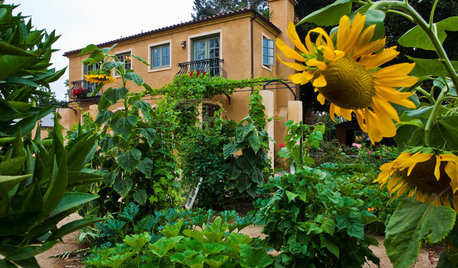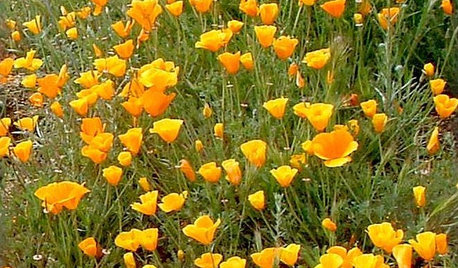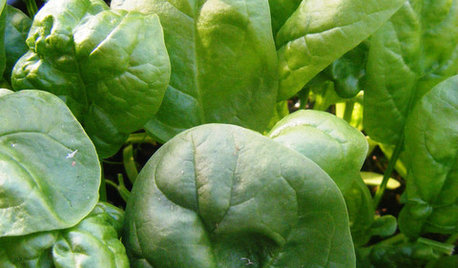Transplanting Rhodo seedlings
chazparas
17 years ago
Related Stories

GARDENING GUIDESSeeds or Seedlings? How to Get Your Garden Started
Growing delicious herbs and vegetables starts with knowing your goals and when you want to plant
Full Story
WINTER GARDENINGExtend Your Growing Season With a Cold Frame in the Garden
If the sun's shining, it might be time to sow seeds under glass to transplant or harvest
Full Story
PLANTING IDEASStretch the Budget, Seasons and Style: Add Conifers to Your Containers
Small, low-maintenance conifers are a boon for mixed containers — and you can transplant them to your garden when they’ve outgrown the pot
Full Story
EDIBLE GARDENSSummer Crops: How to Grow Tomatoes
Plant tomato seedlings in spring for one of the best tastes of summer, fresh from your backyard
Full Story
HOUZZ TVHouzz TV: How to Make and Plant a Veggie Box
See how to start edibles from seed, then transfer the seedlings to a box on stilts to make harvesting more fun
Full Story
LANDSCAPE DESIGNThe Unparalleled Power of Trees
Discover the beauty and magic of trees, and why a landscape without them just isn't the same
Full Story
REGIONAL GARDEN GUIDESTexas Gardener's April Checklist
Get your sowing and planting on — spring brings a tantalizing array of possibilities in the garden
Full Story
GARDENING GUIDESGreat Design Plant: California Poppy
Fall planting: California's state flower offers a glorious spring show and spreads readily in gardens under the right conditions
Full Story
COOL-SEASON CROPSCool-Season Vegetables: How to Grow Spinach
Chock-full of antioxidants and iron, spinach is a nutrient-rich addition to your fall or spring garden
Full Story
LANDSCAPE DESIGNGarden Overhaul: Which Plants Should Stay, Which Should Go?
Learning how to inventory your plants is the first step in dealing with an overgrown landscape
Full StorySponsored






davidl_ny5
chazparasOriginal Author
Related Professionals
Deer Park Landscape Architects & Landscape Designers · Southfield Landscape Architects & Landscape Designers · Alexandria Landscape Contractors · Tempe Landscape Contractors · Annandale Landscape Contractors · Bridgeview Landscape Contractors · College Park Landscape Contractors · Dickinson Landscape Contractors · Estelle Landscape Contractors · Firestone Landscape Contractors · Fishers Landscape Contractors · New Braunfels Landscape Contractors · New Cassel Landscape Contractors · Tuscaloosa Landscape Contractors · West Haverstraw Landscape Contractorsmorz8 - Washington Coast
chazparasOriginal Author
davidl_ny5